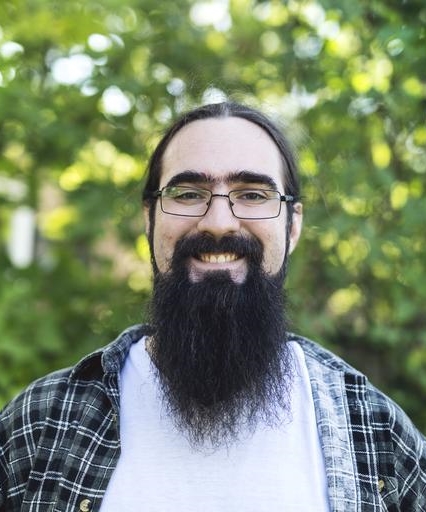Mladen Čičić, Macroscopic Traffic Control Using Connected Autonomous Vehicles
Traffic congestion is a constantly growing problem, with a wide array of negative effects on the society. Even though classical traffic control methods have long been successfully used to alleviate congestion, they are not universally employed, in part due to the necessity of installing additional equipment and instating new legislation. The introduction of connected, autonomous vehicles offers new challenges, as we can expect an increased demand, but also new opportunities for sensing and controlling the traffic.The data that most of the vehicles nowadays provide are already widely used to measure the traffic conditions. It is natural to consider how vehicles could also be used as actuators, driving them in a specific way so that they affect the traffic positively. However, many of the currently considered strategies for congestion reduction using autonomous vehicles rely on having a high penetration rate, which is not likely to be the case in the near future. This raises the question: How can we influence the overall traffic by using only a small portion of vehicles that we have direct control over? In particular, vehicle platooning is a promising technology that is likely to soon become commonplace. By driving vehicles as one unit with short inter-vehicular distances, we reduce both their fuel consumption and the space they take on the road. Nonetheless, grouping vehicles tightly together can also have negative impact on the traffic, especially around bottlenecks and off-ramps, that needs to be studied. Furthermore, it is likely that there will be at least some form of centralized control over platoons, which makes them a perfect candidate for actuation, unlocking new possibilities for highway traffic control.
 Mladen Čičić has received his M.Sc. degree in automatic control from the School of Electrical Engineering, University of Belgrade, in September 2015. He is currently pursuing a Ph.D degree at the Division of Decision and Control Systems, KTH Royal Institute of Technology, under supervision of Prof. Karl Henrik Johansson, and has defended his Licentiate thesis titled “Control of vehicle platoons and traffic dynamics: catch-up coordination and congestion dissipation” in January 2019. He is a member of Marie Skłodowska Curie oCPS ITN and an affiliated student of the Wallenberg AI, Autonomous Systems and Software Program (WASP). His current research interests include traffic control using mixed traffic models and platooning. He is currently visiting Prof. Li Jin at NYU Tandon School of Engineering.
Mladen Čičić has received his M.Sc. degree in automatic control from the School of Electrical Engineering, University of Belgrade, in September 2015. He is currently pursuing a Ph.D degree at the Division of Decision and Control Systems, KTH Royal Institute of Technology, under supervision of Prof. Karl Henrik Johansson, and has defended his Licentiate thesis titled “Control of vehicle platoons and traffic dynamics: catch-up coordination and congestion dissipation” in January 2019. He is a member of Marie Skłodowska Curie oCPS ITN and an affiliated student of the Wallenberg AI, Autonomous Systems and Software Program (WASP). His current research interests include traffic control using mixed traffic models and platooning. He is currently visiting Prof. Li Jin at NYU Tandon School of Engineering.






